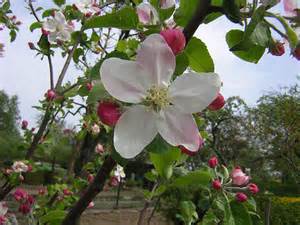Bloom’n today is the Sunflower. The sunflower is a tall, course annual herb that resembles a colossal daisy. Commercially it is one of the most important herbs in the world today. From the point of view of the gardener, growing sunflowers is an enjoyable occupation. When the plants are young their heads will turn to face the sun every morning. There are many varieties, including some that do not produce seed. Sunflowers grow very well in mild, organic fertilizers, and they have few insect pests, so seldom need to be sprayed. Sunflowers will grow successfully on any land that will produce a field of corn. Seeds need to be planted at least three or four feet apart, four giant heads. But for production of seed, space them more closely. As the plant matures, the head will grow heavy and the stalks may need some support. In a small garden sunflowers should be planted in the back or along the perimeter of the property. Sunflowers can be harvested as soon as the backs of the seed heads are brown, and dry. At this time, the inner rows are ripe, but need drying. To harvest, cut off the heads with about a foot of the stalk attached. The stalks are tied together, and the heads hung in an airy loft or barn to dry. When throughly dry, remove the seeds by rubbing the heads lightly. If stored in air tight containers, their food content and vitamins will stay in good condition for a long time. Sunflowers are especially attractive to the smaller seed-eating birds such as goldfinches and chickadees, which will harvest the seeds themselves. Humming birds will visit them for nectar and small insects
.

